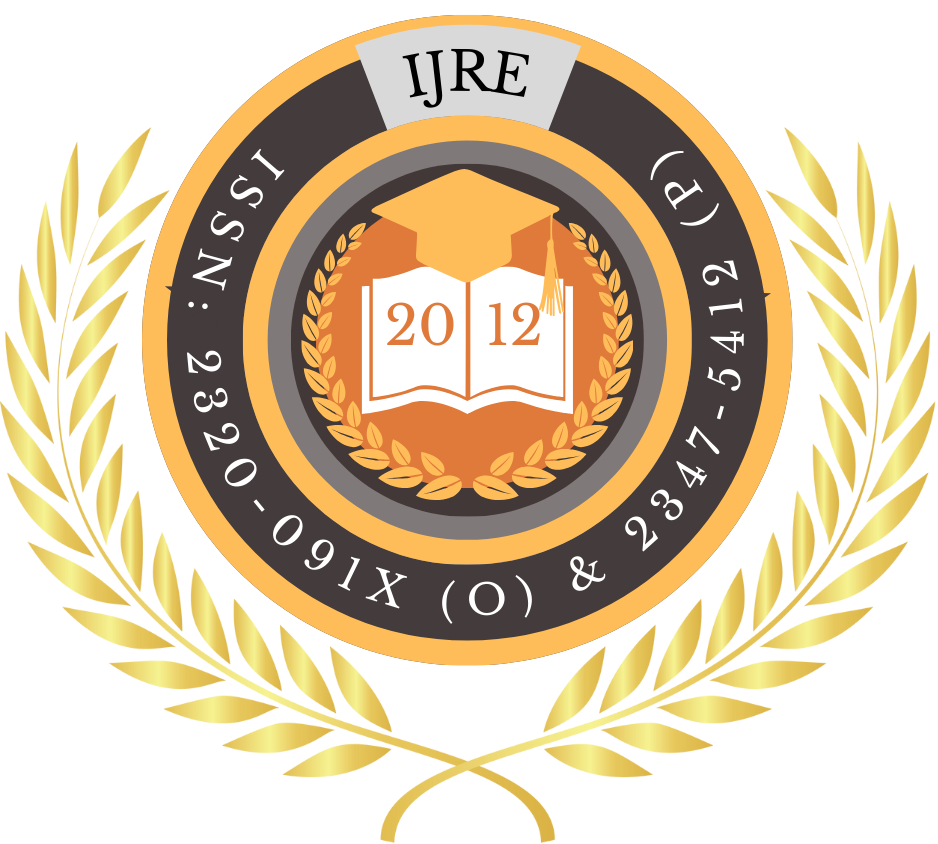![]()
DOI: https://doi.org/10.63345/ijre.v14.i5.4
A Renuka
MAHGU
Dhaid Gaon, Block Pokhra , Uttarakhand, India
Abstract
School readiness assessments serve as foundational tools for early identification of developmental strengths and areas in need of support before children enter formal schooling. Over the past several decades, a variety of instruments have emerged—each grounded in distinct theoretical constructs, varying domain emphases, and diverse administration formats. Despite their widespread use, educators and policymakers continue to grapple with questions of tool selection, contextual adaptation, and effective implementation. This manuscript presents an expansive exploration of eight prominent aspects of school readiness assessment tools: their conceptual design, psychometric rigor, multi‐domain coverage, stakeholder engagement mechanisms, practical administration considerations, cultural and linguistic adaptations, technological integration opportunities, and alignment with early intervention frameworks. To enrich this analysis with field‐based insights, a structured survey was conducted with 100 kindergarten teachers and early childhood specialists from urban and rural settings, probing their preferences, perceptions, and experiences with selected instruments. Quantitative findings elucidate frequency patterns of tool usage, perceived strengths and limitations, time requirements, and training sufficiency. Qualitative themes uncover practitioners’ needs for modular flexibility, sustained professional development, and data integration pathways. Building on both theoretical synthesis and empirical data, this manuscript offers recommendations for educators, assessment designers, and policymakers. Key suggestions include selecting instruments that balance comprehensiveness with feasibility, embedding stakeholder‐centered training modules, leveraging digital platforms for efficient scoring and reporting, and embedding continuous monitoring to support seamless PreK–grade‑1 transitions. By weaving together scholarly literature and practitioner perspectives, this study aims to inform more nuanced, contextually responsive, and sustainable school readiness assessment practices that ultimately foster equitable early learning opportunities for all children.
Keywords
School Readiness, Assessment Tools, Early Childhood, Psychometrics, Implementation Survey
References
- Bracken, B. A. (2007). Bracken School Readiness Assessment. Psychological Corporation.
- Braun, V., & Clarke, V. (2006). Using thematic analysis in psychology. Qualitative Research in Psychology, 3(2), 77–101.
- Boivin, M., & Bierman, K. L. (2014). Promoting school readiness through social‐emotional learning: The Head Start REDI Program. Child Development, 85(2), 500–516.
- Frankenburg, W. K., Dodds, J., Archer, P., Shapiro, H., & Bresnick, B. (1992). The Denver II: A major revision and restandardization of the Denver Developmental Screening Test. Pediatrics, 89(1), 91–97.
- Glascoe, F. P. (2005). Screening for developmental and behavioral problems. Mental Retardation and Developmental Disabilities Research Reviews, 11(3), 173–179.
- Granziano, R., et al. (2015). Kindergarten Behavior and Academic Competency Scale (KBACS). Journal of School Psychology, 53, 112–124.
- Janus, M., & Offord, D. R. (2007). Development and psychometric properties of the Early Development Instrument (EDI): A measure of children’s school readiness. Canadian Journal of Behavioural Science, 39(1), 1–22.
- McKey, R. H., Condelli, L., Barrett, B., Plantz, M. C., & Eitel, S. (1985). The impact of Head Start on children, families, and communities. Abt Associates.
- Meisels, S. J., & Atkins‐Burnett, S. (2000). The Work Sampling System: A measure of children’s performance and behavior in early childhood settings. Pearson.
- Meisels, S. J., Henderson, L. W., Liaw, F., Browning, K., & Ten Have, T. (1993). New evidence for the effectiveness of the Early Screening Inventory. Early Childhood Research Quarterly, 8, 327–346.
- National Education Goals Panel. (1995). Ready Schools. U.S. Government Printing Office.
- National Institute for Early Education Research. (2007). The State of Preschool: 2007. Rutgers University.
- Panter, J., & Bracken, B. A. (2009). Predictive validity of the Bracken School Readiness Assessment. Journal of Educational Measurement, 46(3), 289–308.
- Pianta, R., Barnett, W. S., Burchinal, M., & Thornburg, K. R. (2009). The effects of preschool education: What we know and what we need to know. Psychological Science in the Public Interest, 10(2), 49–86.
- Pianta, R. C., & Justice, L. M. (2009). Teacher–child relationships and early school outcomes: A meta‐analytic review. Journal of School Psychology, 47(3), 181–203.
- Shonkoff, J. P., & Phillips, D. A. (2000). From neurons to neighborhoods: The science of early childhood development. National Academy Press.
- Squires, J., Bricker, D., & Twombly, E. (2009). Ages and Stages Questionnaires, Third Edition (ASQ‑3). Brookes Publishing.
- Squires, J., & Twombly, E. (2002). Ages and Stages Questionnaires: Social-Emotional (ASQ:SE). Brookes Publishing.
- S. Department of Education. (2012). Early Learning: What Does School Readiness Look Like?
- Wijedasa, D. (2012). Developmental screening in context: adaptation and standardization of the Denver Developmental Screening Test‑II (DDST‑II) for Sri Lankan children. Child: Care, Health and Development, 38(6), 822–829.
